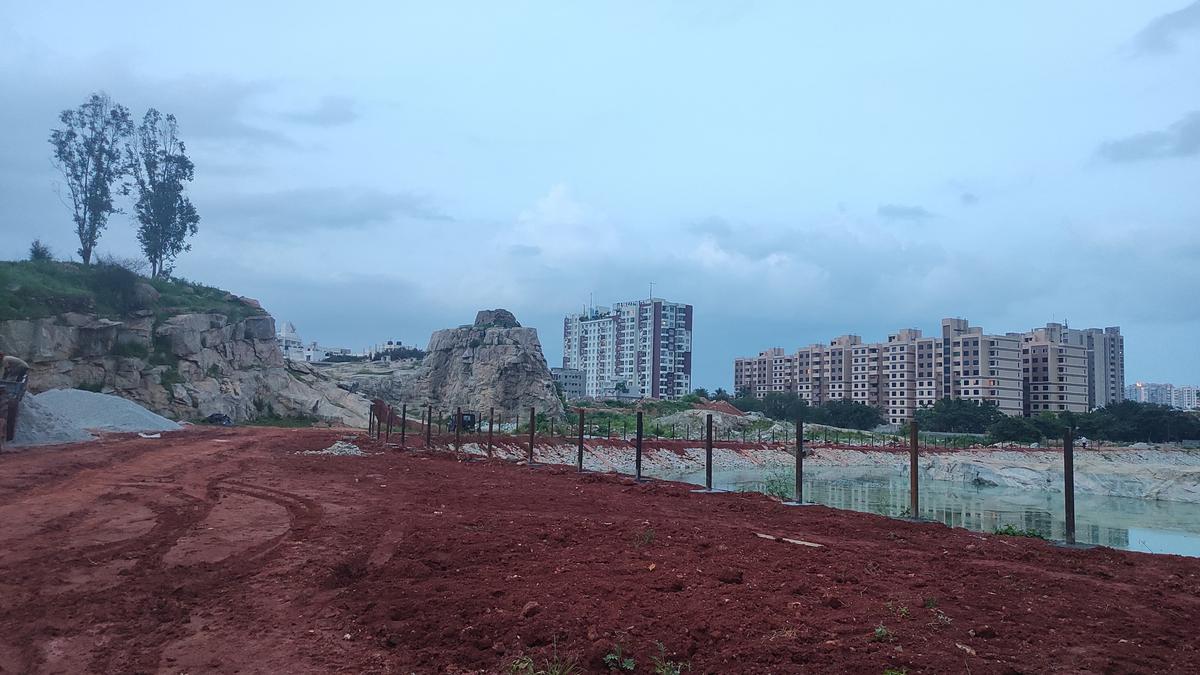
Walking the green paths to understand the many facets of restoration Premium
The Hindu
Until a few years ago, a person who walked on the lanes of old Bengaluru might have seen peel of field beans (avarekai) on the road, remembers R. Ganesan, Fellow at Bengaluru-based Ashoka Trust For Research In Ecology And The Environment (ATREE). The peel of the beans used to be thrown out from houses where the beans were being cooked, the belief being that the more people stepped on it, the tastier and more fragrant the preparation would be.
Until a few years ago, a person who walked on the lanes of old Bengaluru might have seen peel of field beans (avarekai) on the road, remembers R. Ganesan, Fellow at Bengaluru-based Ashoka Trust For Research In Ecology And The Environment (ATREE). The peel of the beans used to be thrown out from houses where the beans were being cooked, the belief being that the more people stepped on it, the tastier and more fragrant the preparation would be.
“But the science behind it is that the peel of the bean contains cyanide and could lead to flatulence,” says Ganesan, who recently conducted a ‘Veggie Voyage’, a vegetable-themed walk, at the Yelehanka market.
The vegetable, historically and culturally significant to the city, used to be available in the markets between December and February, however, its seasonality is broken now and is available around the year, he adds. Ganesan, who notes that this has affected the properties of the vegetable, points out that the beans no longer leave its characteristic pungent smell on those who touch it.
“We don’t respect the knowledge that comes with these vegetables and greens. Such knowledge is always rooted in our health, but when we don’t respect it, it disappears. Today, our consumption patterns have changed and we restrict ourselves to about 12-15 vegetables available in the market despite the abundance of diverse vegetables, greens and fruits in the country.”
“What I am trying to say through these walks is that the wild plants in our country are to be conserved because the knowledge associated with it, the cuisine associated with it are all disappearing,” Ganesan says.
The vegetable walk was the first of a series of walks ATREE has planned as part of the T.N. Khoshoo Memorial Lecture and Award. The walks under the theme of ‘Reviving India’s Ecosystems’ would span across the months from August to November and look at the transformation of ecosystems due to human activities and ways to revive them.
Late botanist BGL Swamy published his book Namma Hotteyalli Dakshina America (South America in our tummies) in 1978. The book which traced the origins of many of the regularly consumed vegetables such as tomato, potato, chillies, brinjal and others to South America was one of the first attempts to do so.













